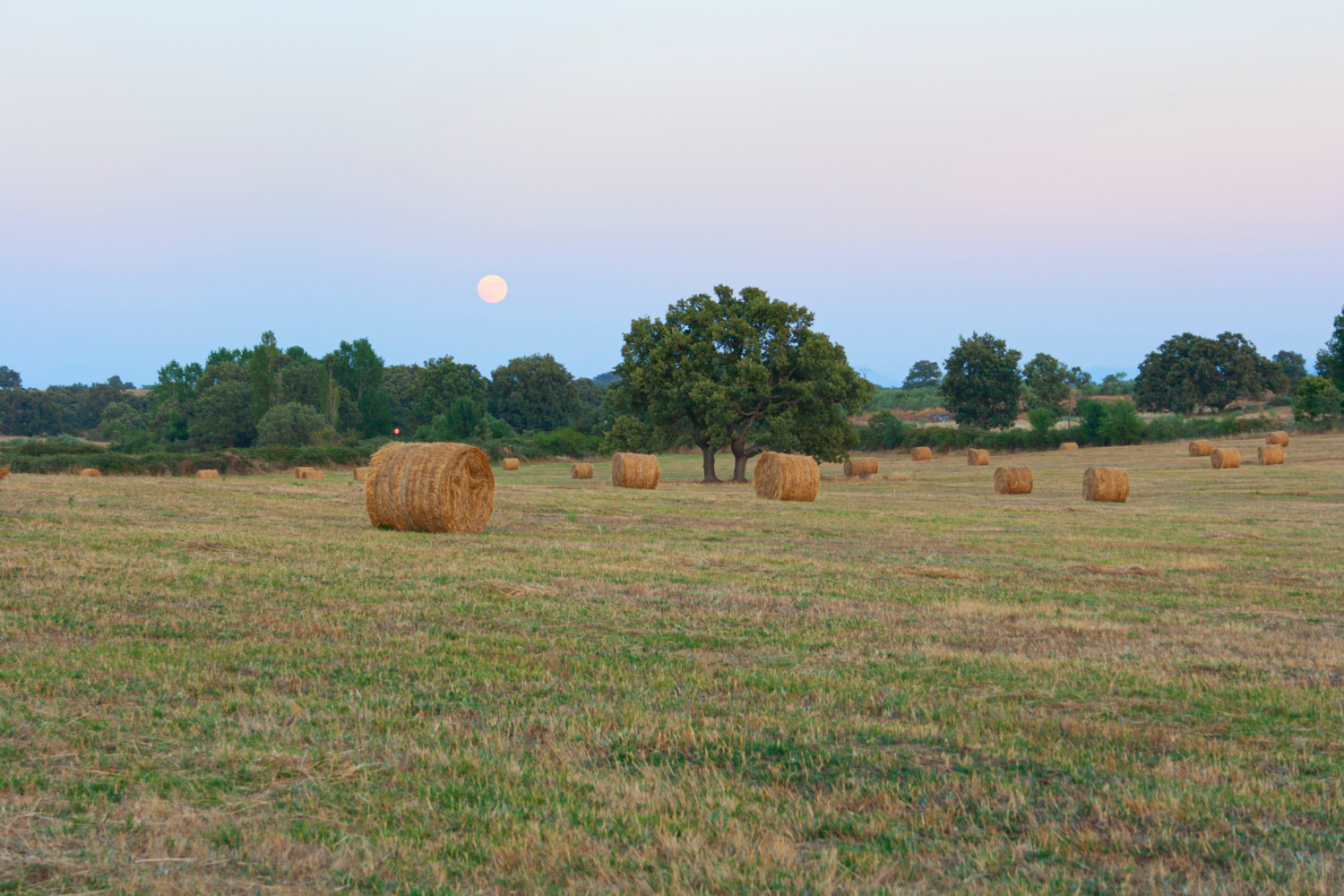After August saw multiple celestial events that made the night sky even more fascinating, September is giving you a few more great reasons to look up after dark.
In addition to a gorgeous full moon, the things to see during September’s nights include the closest views of Jupiter and Neptune we’ll get all year. Keep reading to find out when and how to get these awe-inspiring glimpses at what’s in the universe.
When To See The September Full Moon
The 2022 September full moon, also called the Harvest Moon, appears pretty early in the month. You’ll be able to see it best on Sept. 10 at 5:59 a.m Eastern.
While that might sound like an odd time to look for a lunar spectacle, the September full moon reaches peak illumination early in the morning, shortly before setting below the horizon. If you’re not an early riser, the moon will still appear full in the evenings of Sept. 9 and 10. The September full moon is also the last one of the summer season.

Why Is The September Full Moon Called The Harvest Moon?
The names we use for most full moons originate from Native American, Colonial American or other sources and usually relate to the season in which they occur. The Harvest Moon is the only full moon tied to a specific date: in this case, the fall equinox. In 2022, this officially occurs at 9:04 p.m. Eastern on Sept. 22.
The full moon closest to the fall equinox is always called the Harvest Moon, which means it sometimes falls in September and sometimes in October. When the October full moon is the Harvest Moon, then September’s full moon is called the Corn Moon.
The Harvest Moon got its name because it rises around sunset at approximately the same time for several evenings in a row. This gives farmers extended moonlight late into the evening, so they can finish their harvests before the colder weather arrives.

How To See Neptune At Opposition
Another awesome celestial event that will delight stargazers in September is the chance to see Neptune at opposition. Neptune comes closest to Earth’s orbit on Sept. 16, so the desolate planet will appear brighter during the nights leading up to and immediately following that date.
Despite Neptune’s relative “proximity” during opposition, the blue gas giant is still about 2.7 billion miles from Earth, but will be visible even with some basic equipment. Observers will need a telescope or a pair of binoculars to get a chance to see the farthest planet in our solar system and it may still look like a faint star with that magnification.
Still, how often do you get to take a glimpse at Neptune?

If you’re willing to try your luck at seeing this far-off planet, Neptune will appear to rise in the eastern sky around sunset on Sept. 16, climb higher in the sky until about midnight and then set in the west around sunrise.
If you can’t find Neptune at opposition this year, you’ll have to wait another year and a few days before it happens again. That’s because it takes about 165 Earth years for Neptune to make a single revolution around the sun! By the time our planet goes around the sun, Neptune has barely moved.
When To See Jupiter At Its Closest In 60 Years
Jupiter is the closest gas giant planet to Earth, and it will be even closer than it is the rest of the year on Sept. 26, when the planet is at opposition. At a mere 367.3 million miles away, this year’s opposition will be the closest the solar system’s largest planet has been since 1963.
Despite its relatively close approach — and sheer size — observers will still need a telescope or binoculars to get a good look at Jupiter.

During opposition in September, Jupiter will be visible all night. To find it, look low on the horizon in the southeastern sky, just after sunset. It’s the second brightest planet in the night sky, making it much easier to find than the more distant and dimmer Neptune.
Jupiter comes into opposition about every 13 months because it takes the Earth a little over a year to travel once around the sun relative to Jupiter.
There are plenty of celestial events to see in September, and October 2022 will be just as exciting, if not a little busier, with the full Hunter Moon, a couple of meteor showers and a good look at Mercury on the horizon.
Follow meteorologist Jason Meyers on Twitter or watch one of his entertaining and educational YouTube videos.
This story originally appeared on Simplemost. Checkout Simplemost for additional stories.


